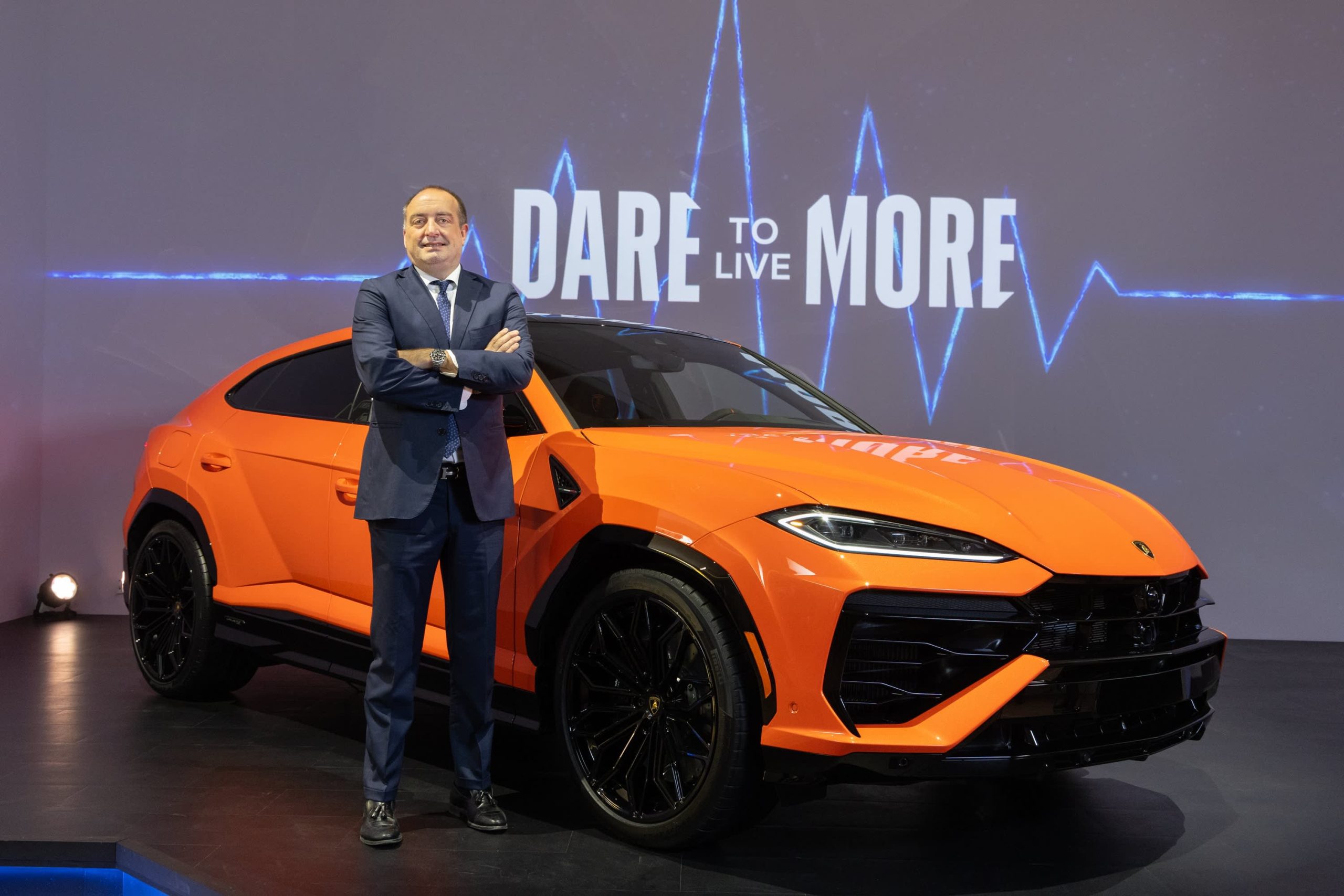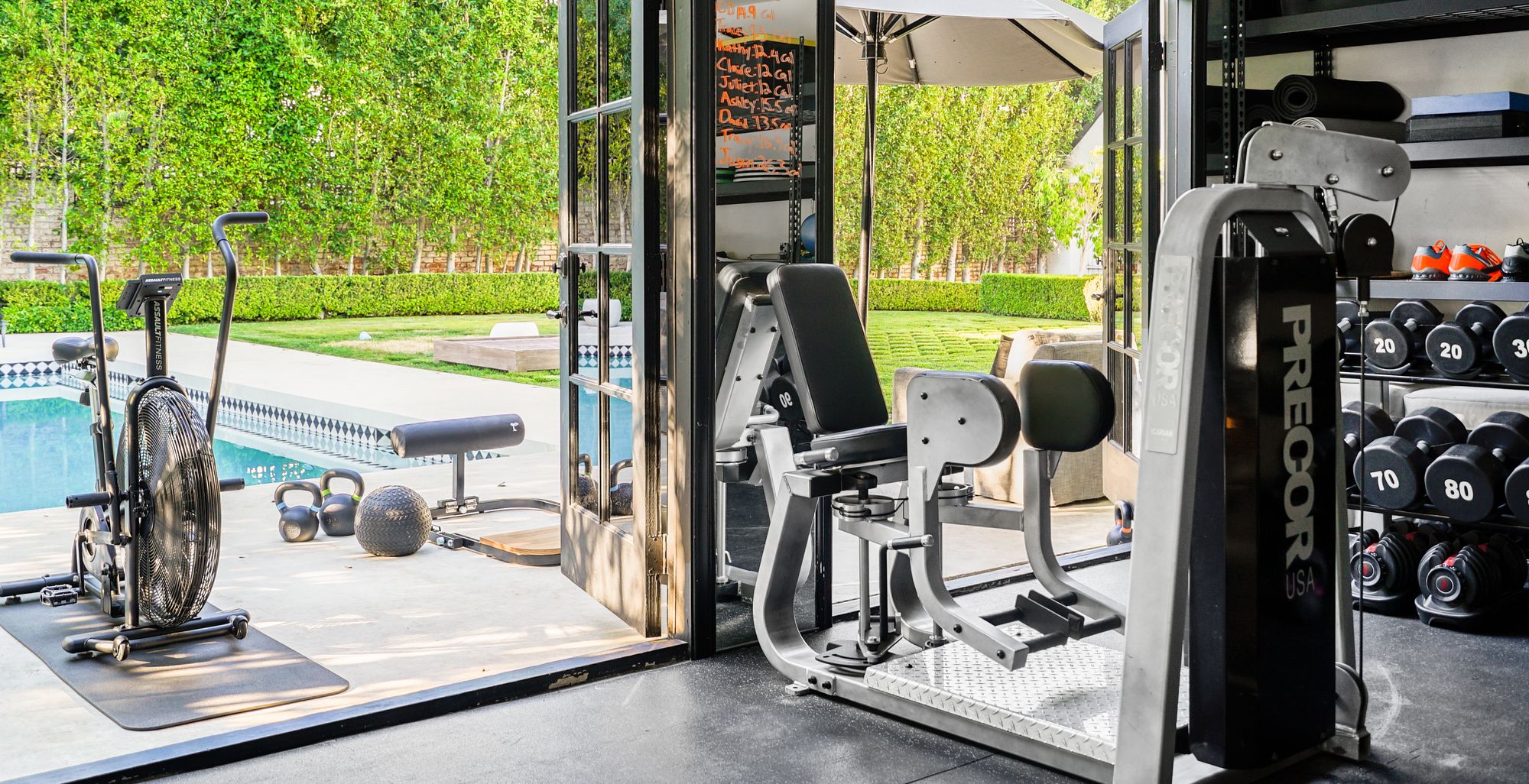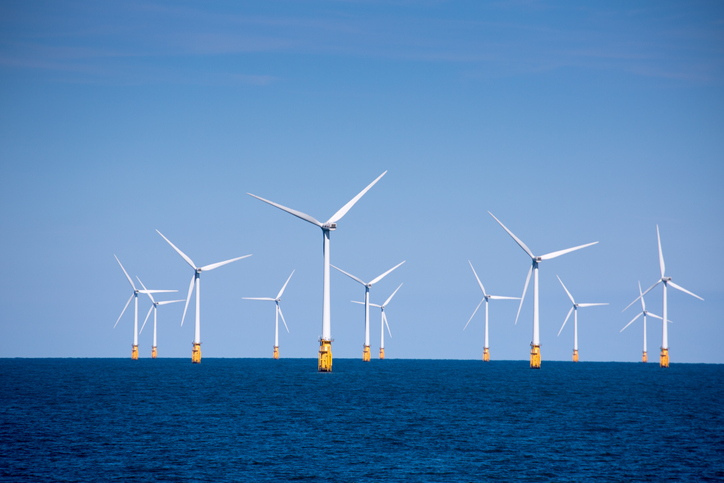Home Gyms Hit Their Stride During Covid
Some homeowners are vowing to ‘never go back’ to the gym after building their own fitness spaces.
Before the pandemic, Tracy Tutor was a regular at the Dogpound, a boutique gym in Los Angeles popular with celebrities. It’s where she met her boyfriend, personal trainer Erik Anderson. But when Covid-19 forced gyms to shut down, the couple found themselves without a place to exercise.
“When there was nothing to do but eat and drink and workout and sleep, we got this wild hair: Why don’t we turn the garage into a home gym?” says Ms. Tutor, a real-estate agent with Douglas Elliman and star of Bravo’s “Million Dollar Listing Los Angeles.”
Within a month, they converted the detached garage of their Beverly Hills home into a mirror-wrapped fitness centre, spending close to US$100,000 transforming the 21-foot by 22-foot space. The biggest challenge was sourcing the equipment, including free weights, a squat rack, a bench press, an exercise bike and a pilates reformer. “One day, Erik drove three hours to get a set of dumbbells,” Ms. Tutor says.
Once fully equipped, the gym gave Mr. Anderson a place to safely meet with clients and provided Ms. Tutor with a convenient space to workout. “I don’t think I’ll ever go back to a gym again,” she says.
Ms. Tutor is not alone.
Interest in Garage Gym Reviews, a website and social community that helps people create home gyms, has exploded since the pandemic’s onset. Site owner Cooper Mitchell says that its “diehard” Facebook group grew from 15,000 members to more than 100,000, while website traffic and YouTube subscribers increased fivefold.
“Gyms are reopening, but we’re not seeing a drop off,” Mr. Mitchell says.
The National Association of Home Builders found that 47 percent of homebuyers in 2020 considered a home gym essential or desirable.
“People are reevaluating their homes to be more inclusive to take care of themselves,” Ms. Tutor says.
Jason Friedman, a realtor with Daniel Gale Sotheby’s International Realty on Long Island, says that home gyms have become a deciding factor for a lot of buyers. “We did have multiple instances where one home having a gym was the final push the buyer needed to transact on that property as opposed to other options without one,” he says.
Designers and architects are seeing similar demand. In the last 18 months, each of Chicago-based dSPACE’s 10 residential projects has included a dedicated fitness area. They range from 100-square-foot workout areas with smart equipment like Pelotons or Tonals to full-blown professional gyms with basketball courts. The spaces cost anywhere from $15,000 to well over $100,000, depending on the size and amenities included.
“A home gym becomes a lifestyle,” says Kevin Toukoumidis, dSPACE’s principal architect. “It offers more freedom.”
Acoustics and lighting are the top priorities for any exercise room, Mr. Toukoumidis adds, so the space is comfortable and noise is not disruptive to the rest of the home. Natural daylight is best when possible, but mirrors and a warmer temperature light can evoke a daytime feel.
Vancouver-based interior designer Stephanie Brown likes to add texture, like grasscloth or linen wallcovering, and warm materials like hardwood floors or panelled walls. She also suggests adding artwork and a statement piece of furniture, like a console table below a television. “Stack fitness magazines on top and stock bottled water to make it feel more like you’re at a hotel spa gym rather than a basement,” she says.
When it comes to gym equipment, Mr. Mitchell advises to buy “less and better,” and expect to spend around $1500 to $5,000. Choose pieces that you’ll actually use, even if it means spending more money. A Peloton, for example, will cost at least around $2200 before the membership. “But it’s worth it because it’s going to motivate you to actually use it,” he says. “Whereas a regular stationary bike may just end up being a coat hanger overtime.”
For one of Ms. Brown’s Maui-based clients, that meant indulging in a full line of products from Pent, a high-end exercise equipment company based in Poland. The pieces are made from carved walnut and brass, and a single 8-pound kettlebell costs US$396, while a full set of 20 dumbbells with a stand goes for US$18,680. “They look like jewelry,” Ms. Brown says. “Even if you’re not feeling the draw to workout, it makes it a more pleasant experience.”
Roxanna Kennedy, a member of Garage Gym Reviews from Florence, Ky., “refused to workout at home” prior to the pandemic, opting for in-person kickboxing classes instead. But after the birth of her second son last year, she didn’t have that option when she was looking for a way to lose weight. A personal trainer helped her choose the right weightlifting equipment, plus a heavy bag for boxing, and she turned a sunny corner of her basement into a gym. She’s down 43 pounds.
She has kept her membership to a commercial gym, but rarely uses it. With two children under the age of four, “childcare is a major barrier” for her. “I wake every morning at 5:45 and get a full workout completed, before I even wake up the kids and go to work,” Mrs. Kennedy says. “I wouldn’t have that option if I didn’t have a home gym.”
Reprinted by permission of Mansion Global. Copyright 2021 Dow Jones & Company. Inc. All Rights Reserved Worldwide. Original date of publication: August 30, 2021
 Copyright 2020, Dow Jones & Company, Inc. All Rights Reserved Worldwide. LEARN MORE
Copyright 2020, Dow Jones & Company, Inc. All Rights Reserved Worldwide. LEARN MORE
This stylish family home combines a classic palette and finishes with a flexible floorplan
Just 55 minutes from Sydney, make this your creative getaway located in the majestic Hawkesbury region.
The marketplace has spoken and, at least for now, it’s showing preference for hybrids and plug-in hybrids (PHEVs) over battery electrics. That makes Toyota’s foot dragging on EVs (and full speed ahead on hybrids) look fairly wise, though the timeline along a bumpy road still gets us to full electrification by 2035.
Italian supercar producer Lamborghini, in business since 1963, is also proceeding, incrementally, toward battery power. In an interview, Federico Foschini , Lamborghini’s chief global marketing and sales officer, talked about the new Urus SE plug-in hybrid the company showed at its lounge in New York on Monday.

Lamborghini
The Urus SE SUV will sell for US$258,000 in the U.S. (the company’s biggest market) when it goes on sale internationally in the first quarter of 2025, Foschini says.
“We’re using the contribution from the electric motor and battery to not only lower emissions but also to boost performance,” he says. “Next year, all three of our models [the others are the Revuelto, a PHEV from launch, and the continuation of the Huracán] will be available as PHEVs.”
The Euro-spec Urus SE will have a stated 37 miles of electric-only range, thanks to a 192-horsepower electric motor and a 25.9-kilowatt-hour battery, but that distance will probably be less in stricter U.S. federal testing. In electric mode, the SE can reach 81 miles per hour. With the 4-litre 620-horsepower twin-turbo V8 engine engaged, the picture is quite different. With 789 horsepower and 701 pound-feet of torque on tap, the SE—as big as it is—can reach 62 mph in 3.4 seconds and attain 193 mph. It’s marginally faster than the Urus S, but also slightly under the cutting-edge Urus Performante model. Lamborghini says the SE reduces emissions by 80% compared to a standard Urus.
Lamborghini’s Urus plans are a little complicated. The company’s order books are full through 2025, but after that it plans to ditch the S and Performante models and produce only the SE. That’s only for a year, however, because the all-electric Urus should arrive by 2029.

Lamborghini
Thanks to the electric motor, the Urus SE offers all-wheel drive. The motor is situated inside the eight-speed automatic transmission, and it acts as a booster for the V8 but it can also drive the wheels on its own. The electric torque-vectoring system distributes power to the wheels that need it for improved cornering. The Urus SE has six driving modes, with variations that give a total of 11 performance options. There are carbon ceramic brakes front and rear.
To distinguish it, the Urus SE gets a new “floating” hood design and a new grille, headlights with matrix LED technology and a new lighting signature, and a redesigned bumper. There are more than 100 bodywork styling options, and 47 interior color combinations, with four embroidery types. The rear liftgate has also been restyled, with lights that connect the tail light clusters. The rear diffuser was redesigned to give 35% more downforce (compared to the Urus S) and keep the car on the road.
The Urus represents about 60% of U.S. Lamborghini sales, Foschini says, and in the early years 80% of buyers were new to the brand. Now it’s down to 70%because, as Foschini says, some happy Urus owners have upgraded to the Performante model. Lamborghini sold 3,000 cars last year in the U.S., where it has 44 dealers. Global sales were 10,112, the first time the marque went into five figures.
The average Urus buyer is 45 years old, though it’s 10 years younger in China and 10 years older in Japan. Only 10% are women, though that percentage is increasing.
“The customer base is widening, thanks to the broad appeal of the Urus—it’s a very usable car,” Foschini says. “The new buyers are successful in business, appreciate the technology, the performance, the unconventional design, and the fun-to-drive nature of the Urus.”
Maserati has two SUVs in its lineup, the Levante and the smaller Grecale. But Foschini says Lamborghini has no such plans. “A smaller SUV is not consistent with the positioning of our brand,” he says. “It’s not what we need in our portfolio now.”
It’s unclear exactly when Lamborghini will become an all-battery-electric brand. Foschini says that the Italian automaker is working with Volkswagen Group partner Porsche on e-fuel, synthetic and renewably made gasoline that could presumably extend the brand’s internal-combustion identity. But now, e-fuel is very expensive to make as it relies on wind power and captured carbon dioxide.
During Monterey Car Week in 2023, Lamborghini showed the Lanzador , a 2+2 electric concept car with high ground clearance that is headed for production. “This is the right electric vehicle for us,” Foschini says. “And the production version will look better than the concept.” The Lanzador, Lamborghini’s fourth model, should arrive in 2028.
Just 55 minutes from Sydney, make this your creative getaway located in the majestic Hawkesbury region.
Consumers are going to gravitate toward applications powered by the buzzy new technology, analyst Michael Wolf predicts























